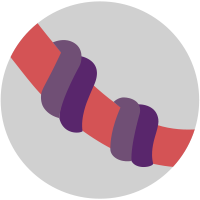
Umbilical & Placental Cell News
Umbilical & Placental Cell News has been retired. We encourage you to explore the other 21 newsletters offered by STEMCELL Science News. In particular, we recommend:

Umbilical & Placental Cell News has been retired. We encourage you to explore the other 21 newsletters offered by STEMCELL Science News. In particular, we recommend: